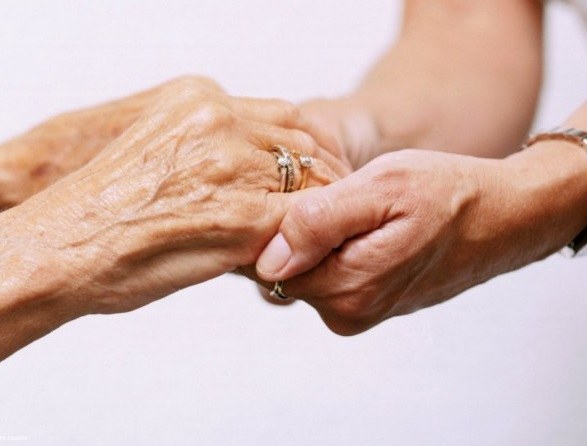Nutrition of bedridden patient
In hospital food bedridden patient is determined by the dietitian and attending physician. At home to plan the diet of the patient is much more complicated, and in order to accomplish this, you must adhere to certain principles.
Note that the bedridden person should consume at least three liters of water a day. This will improve digestion and excretion of toxins.
In the human diet, which is confined to bed, must contain at least 120 grams of protein. It can be both vegetable and animal origin. Therefore, the menu should include fish, meat, cheese, and tomatoes, carrots and potatoes.
You need to limit fat intake to 100 grams a day maximum. Its excess, as a rule, leads to metabolic disorders or obesity.
The main sources of energy are carbohydrates. However, in the daily diet should contain not more than 500 g. They remove cholesterol from the patient's body and are a source of energy.
An important part of the menu down to a patient are vitamins, especially vitamin C. It increases immunity, improves the blood vessels and the activity of the liver. His daily intake is 120 g, and the sources of this element are green onions, parsley, rose hips, and sauerkraut.
Adaptations for feeding bedridden patients
If a sick person violated grasping movements, may need special dishes, for example, a dish that has sides, to avoid falling food or fork with rim.
Bedridden patients with impaired coordination of movements, fit the deep bowl on a stand to avoid slipping. Also popular are non-slip napkin and utensils on the suction cups.
For patients with weakening of grasping movements, suitable special Cutlery with thickened handles. They allow the patient to tightly clench the fork or spoon.
The supine patient, it will be convenient to take food using an overbed table. It is installed on the railing of the bed, but if she medical. You can also buy a small table on legs that are put directly on the bed.
Functional bedside table because it can be used not only for feeding but also for reading. Especially comfortable tables with Skirtings and sloping table top.
In addition, there are other devices, for example, supports for supporting the forearm and straps. This category may include prosthetic devices, which contribute to raising the hands to the mouth of the patient.
